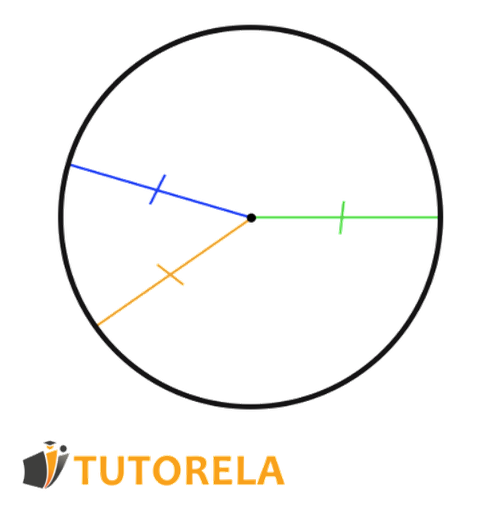The radius is one of the many elements that exist in a circle. The radius is a segment that connects the center of the circle with any point located on the circle itself. Each circle has an infinite number of radii and their length is exactly the same, that is, they are identical.
The radius is used to calculate the diameter and perimeter of the circle, it is also used to obtain the area of the circle.
Below are several examples of different circumferences.
The colored parts are, in fact, some radii painted on each circumference:
The colored parts are, in fact, some painted radii on the circumference:
